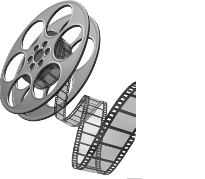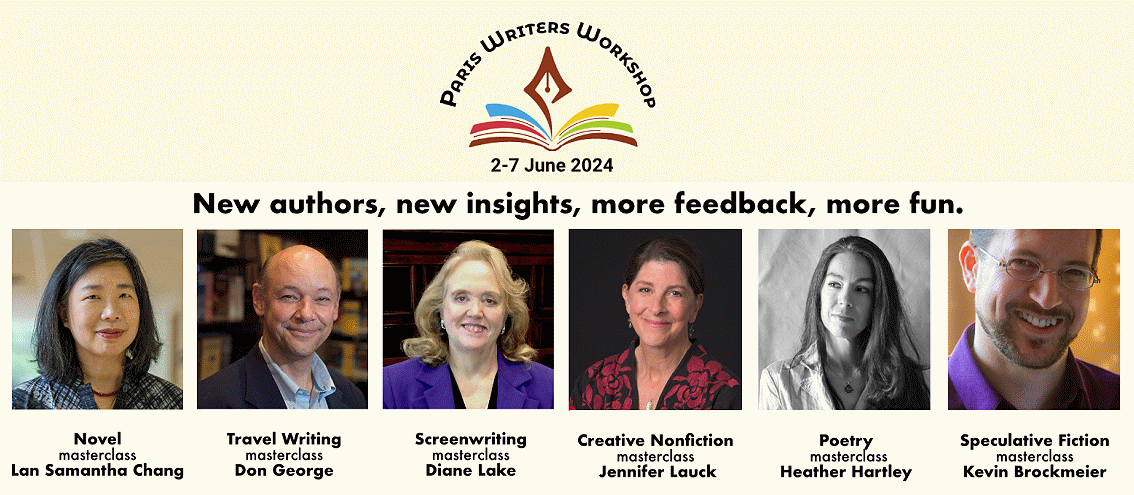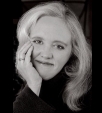
From Idea to Script to Sale





Before I get to today’s blog…
Thinking about doing more with your writing? Why not join me in Paris June 2-7 for my Masterclass in Screenwriting? Come be part of a dynamic community of writers and literary agents to learn, to write, to network, to energize your literary goals—and just to have fun in the City of Light!
The Paris Writers Workshop is the longest running literary program of its kind. This program offers 6 masterclasses by renowned authors, each a specialist in their field—and I’ll be teaching the Screenwriting Masterclass—in English, of course.
The workshop will be held at Columbia University’s beautiful Reid Hall campus in the heart of literary Paris—Montparnasse.
Registration is now open: https://wice-paris.org/paris-writers- workshop
We’ll have a great time getting your story ideas off the ground!!

True Stories 1: Thomas Edison
As I mentioned last week, writing your true story will be enhanced if you can learn from true stories that have come before. So let’s go back to the beginning.
The first known film based on real life events was a short film [about 18 minutes] produced in 1895 by Thomas Edison called The Execution of Mary Stuart. The 1890s also included a war film, Major Wilson’s Last Stand, an adaptation of a Shakespeare play, King John, and a recreation of a trial, The Dreyfus Affair.
Kings, queens and politics… all continue to be fodder for telling the true story. The early 1900s would expand those subject areas to include films based on crimes, uprisings, and the lives of actors, writers, singers, and political figures. And all of these areas exist today.
In the beginning, ALL films were true stories to some degree. The idea of inventing stories for film wasn’t the rage. If ‘made up’ stories were made into films, they were often adaptations of famous plays. So early film is replete with true stories.
It would take years to cover all the true stories that have been made into film, but let’s start with the 1940s and a couple of movies made in the same year about the same famous person: Thomas Edison. What’s interesting is that both of the films that focused on Edison were made in the same year: 1940. First is Edison, The Man and the second is Young Tom Edison.
Edison, The Man begins with the 82-year-old Edison reflecting back on how he came to invent all of his wonders. He “flashes back” to the day he arrived in New York when he was just 22 and then his life story unfolds. Young Tom Edison focuses on his boyhood and how he often made a mess of things in his attempts at one invention or another—but finally redeeming himself in the eyes of his friends and neighbors.
These two Edison films lay out two common approaches to telling true stories. You start when your main character was young and tell the story in chronological order or you start when they’re older and then flash back to how they got to where they are now in their life. Two easy techniques, but depending on which you choose, you have a vastly different film—and I think the choices made in Edison, The Man and Young Tom Edison perfectly demonstrate those vantage points when telling your story.
So that’s one of the first questions to ask—if you’ve defined your main character, where do you start? At the beginning? At the end? Somewhere in the middle? Your answer to that question will determine the film you’ll write, so it’s important to give it serious thought.
Next week we’ll look at a classic—some say the best film ever made—and look at how it answered that question: Citizen Kane.
Copyright © Diane Lake
05Jun22